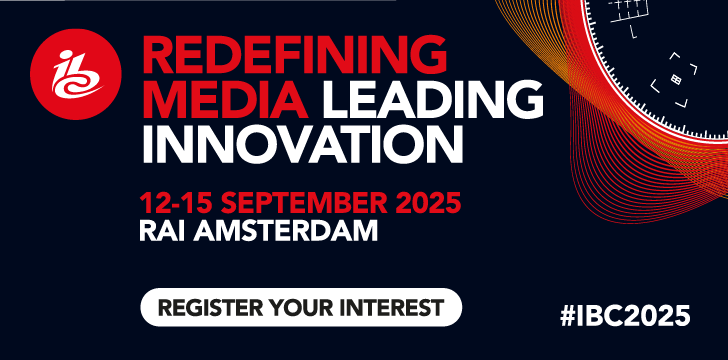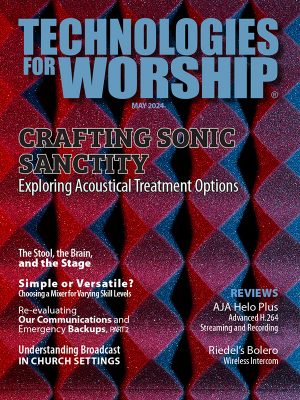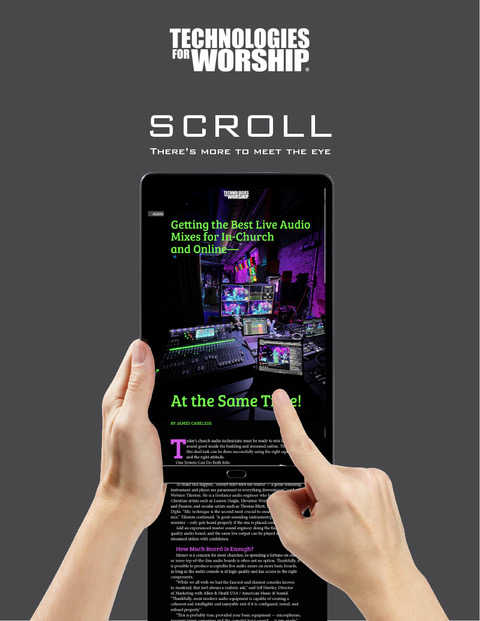By Tim Adams
I’ve said this time and again but lighting often presents as some black art with no rhyme or reason, but if one takes the time to study it, lighting opens itself up to your knowledge and you finally understand how it works.
In terms of improving lighting in your space, we first must ask some questions: what do you want from your lighting system? Are you looking for general illumination over the congregation (what we call “house” lighting)? Are you looking to increase the intensity of the lighting on your stage so that your congregation and/or cameras can see what’s happening more clearly? Do you have decent lighting already and are looking to add some accent lighting, like a wall wash or air effects from moving head lights?
These are important questions to answer before embarking down the road to a lighting system upgrade simply because lighting is arguably the most expensive system to upgrade so you need to do your homework.
If you’re looking for general illumination, I would strongly advise removing any pendant or chandelier lighting fixtures you have because they visually crowd the space and make people feel “boxed” in.
If you’re not ready for that step, then you will want to brace yourself for the sticker shock of what replacing those fixtures will run you. There are strong reasons why you should not simply replace incandescent or fluorescent bulbs with LED bulbs, not least of which is the dimming issue that will likely result in connecting LED bulbs to a voltage dimmer (flickering and shortened lifespan). Not to mention you will likely not gain any additional lighting intensity by going that route-without proper lensing, light falls off very quickly and this phenomenon is amplified when you diffuse a light source (30%-40% loss in intensity). And adding more lighting fixtures isn’t necessarily the answer, either. If you started with an inefficient fixture and simply add more, you’re wasting money which is not good stewardship.
In the example images above, we removed eight chandelier fixtures that were doing little to light the congregation and were at risk of being well below the required lighting level to provide adequate area lighting (see https://www.archtoolbox.com/materials-systems/electrical/recommended-lighting-levels-in-buildings.html for more information). We replaced these with 12 150w RGBA LED fixtures and it improved the lighting levels dramatically.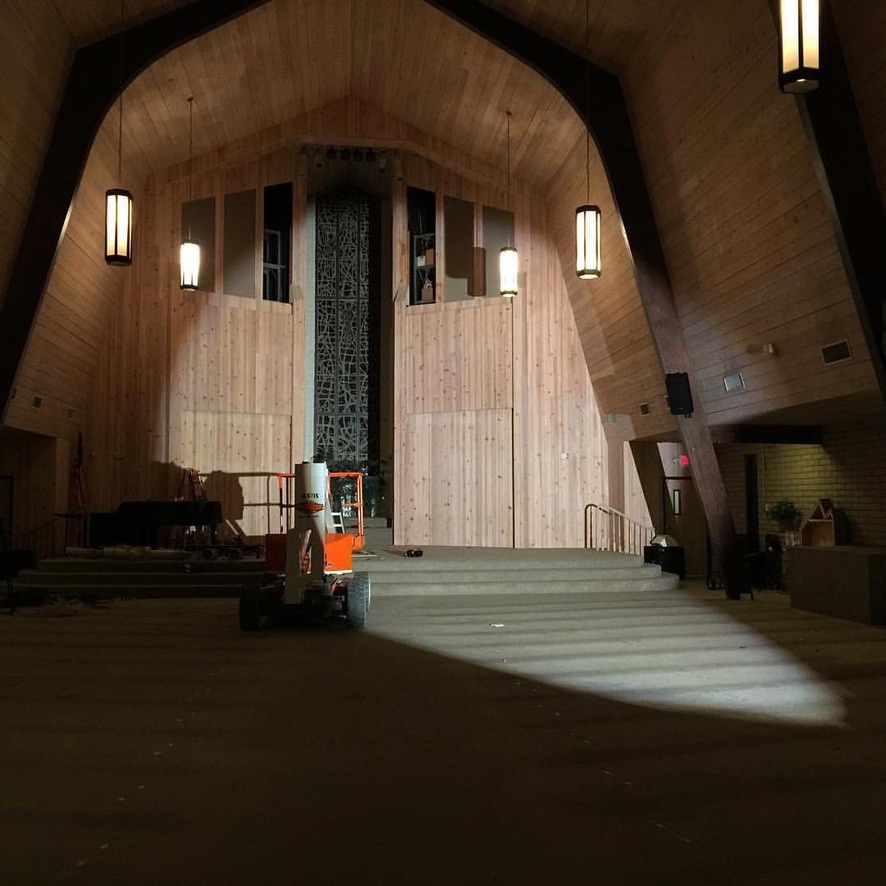
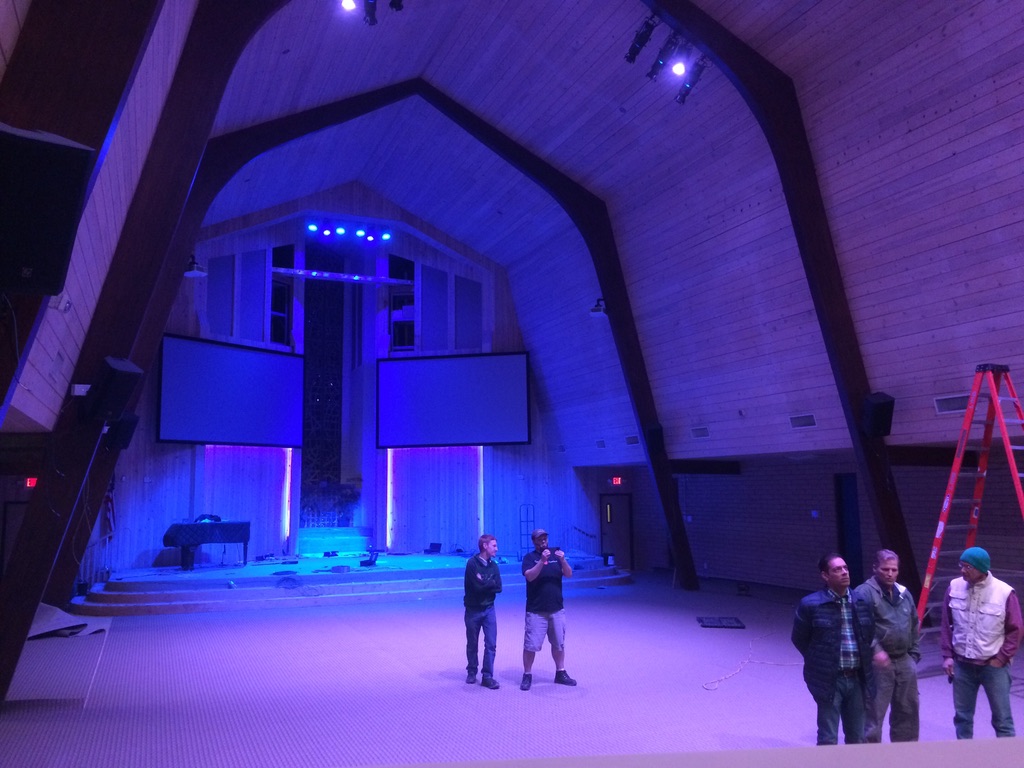 But what if you want to increase the lighting levels on your stage? This is where we really need to understand the importance of the right fixture and there are many schools of thought as to how to approach this properly. The three most common approaches will use pars, ellipsoidals (knowns as lekos) or fresnel (pronounced fre-nel).
But what if you want to increase the lighting levels on your stage? This is where we really need to understand the importance of the right fixture and there are many schools of thought as to how to approach this properly. The three most common approaches will use pars, ellipsoidals (knowns as lekos) or fresnel (pronounced fre-nel).
A par can used to be known as a “car headlight in a coffee can” because there were not many frills to these fixtures. With the introduction and refinement of LED pars, we now have many light sources generating a light beam. Generally, if you want or need the best “punch,” you will maximize the wattage per LED but also the number of LEDs. But beware, because often LED pars will be able to achieve a certain “brightness” at a given distance by narrowing the beam angle (23° vs. 36°, for example), which could mean you will need more of the LED pars to achieve the brightness you want vs. a leko or fresnel. You also give up beam control and shaping with an LED par because the old “barn doors” we used to use on incandescent par cans have little to no effect on the LED pars simply because there are too many discrete light sources for the barn doors to have an equal and useful effect.
The second fixture is the fresnel, named after the Frenchman who invented the fresnel lens that bends light waves and projects them into parallel lines, such as you see with lighthouses. The advantage of this light bending is a naturally soft light, which is why film and television studios love them. They also could focus from a spot to a soft flood light and are incredibly versatile. Unfortunately, they are not great at projecting light over the kinds of distances found in most churches. Even a small church will need to keep a bank of fresnel fixtures within 10’-12’ to have any good effect unless there are a lot of them. This means more cost because of more fixtures and LED fresnels from quality manufacturers are often prohibitively expensive for a church, often costing 1/3 more than competing lekos while being less efficient. Because of this, I have never had cause to recommend or spec a fresnel in any lighting system I have designed.
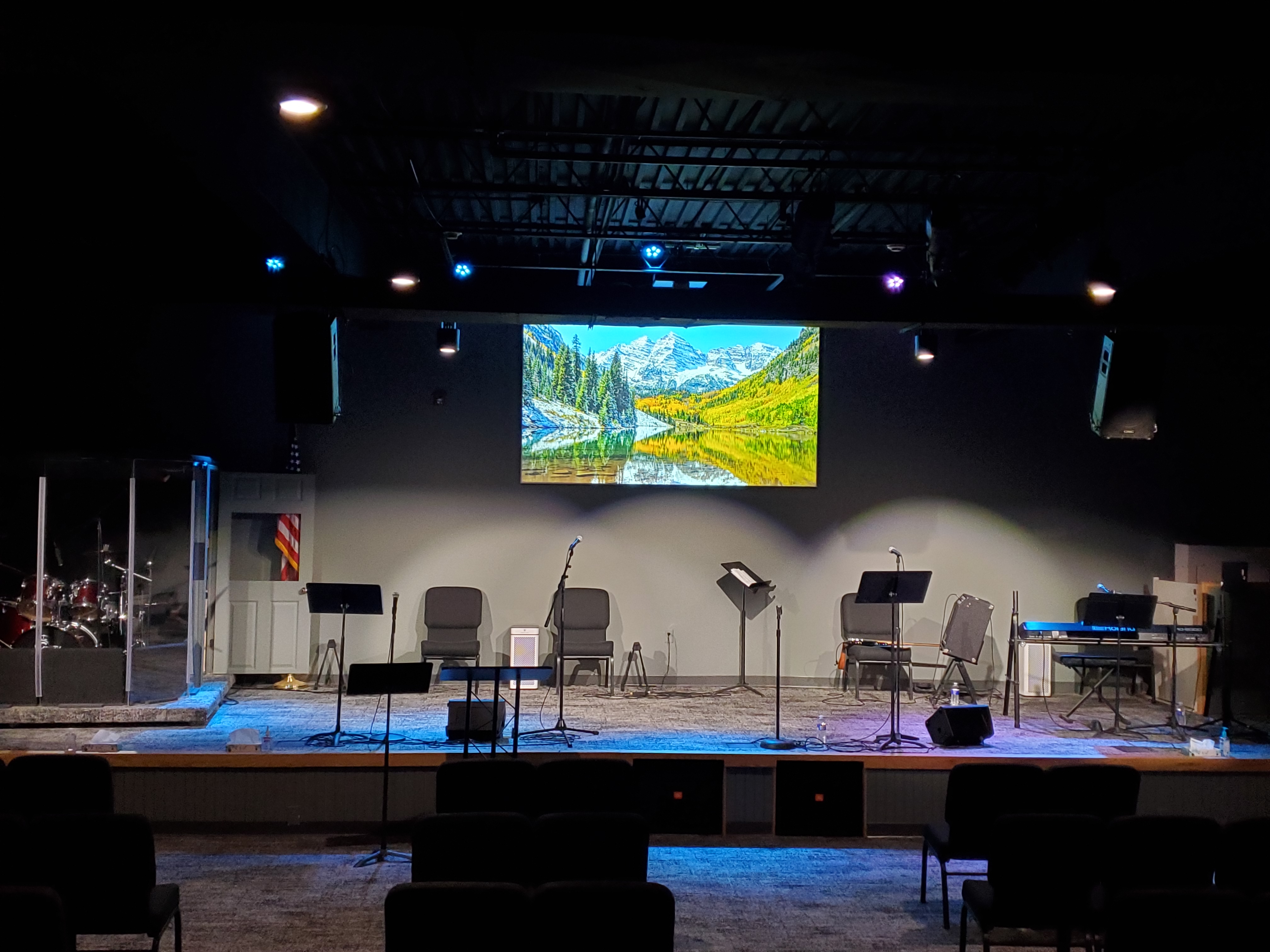
My personal approach is to use lekos because they seem to have the best bang for the buck in terms of features and the ability to put lighting energy on target to achieve the brightness we need. Lekos have interchangeable lenses so we can match the throw distance to the right lens to achieve higher efficiency per watt-the ability for a fixture to put more of the energy it consumes to generate the light beam into usable light on target. Much like a DSLR camera can use a telephoto lens to “get closer” to the subject, a leko can project lighting energy furthermore efficiently than any other fixture on the market. It also allows you to “shape” the light beam with shutters inside the barrel of the fixture so you can more effectively keep light where you need it and keep light away from where you don’t. Combined with the ability to shift the lens forward and backwards slightly also gives you the ability to have a hard edge or a soft edge on your light beam. This can help when needing to blend multiple lekos together for an even wash. It’s important to mention that many lighting designers, consultants and integrators do not like lekos for front lighting because they can be tricky to blend well and it does take not only experience, but an eye for even lighting to get close, but it can be done.
Finally, if you’re looking to add effect lighting, you’ll be looking at LED linear lighting fixtures, sometimes called strips or battens, perhaps some LED pars or moving head lights. If you are planning aerial effects, you will want to make sure to also invest in a haze machine so the lighting beams and effects you want to accomplish can be seen – haze provides the canvas for a lighting designer.
For uplighting walls or more traditional effects, things to bear in mind are how you will route power and DMX control signals, ensuring your lighting will not be shining up into someone’s eyes (not a fun experience!), will not be projecting different colored shadows and won’t over-power any video cameras that will see the lighting. The RGB (red, green, blue) shadow effect is easy to avoid by purchasing products that only include multi-color LEDs rather than LEDs that are only one color. Generally, you can tell the difference by the number of LEDs in the fixture. Lower quantities will mean color-changing LEDs while higher LED counts will mean single-color LEDs which also tend to be cheaper and more prone to failure, lack of end user support and manufacturing defects.
Improving your lighting might seem like a minefield, but careful research, thoughtful conversations with leadership and other stakeholders, and the assistance of an experienced integrator can help avoid costly mistakes while generating long-lasting and impactful lighting.
Tim Adams spent over 20 years volunteering in church technical ministry and now focuses on helping small churches achieve technical excellence through equipment upgrades, training, sharing best practices and teaching leadership how to cast God-sized vision.
As seen in our December 2021 Issue



